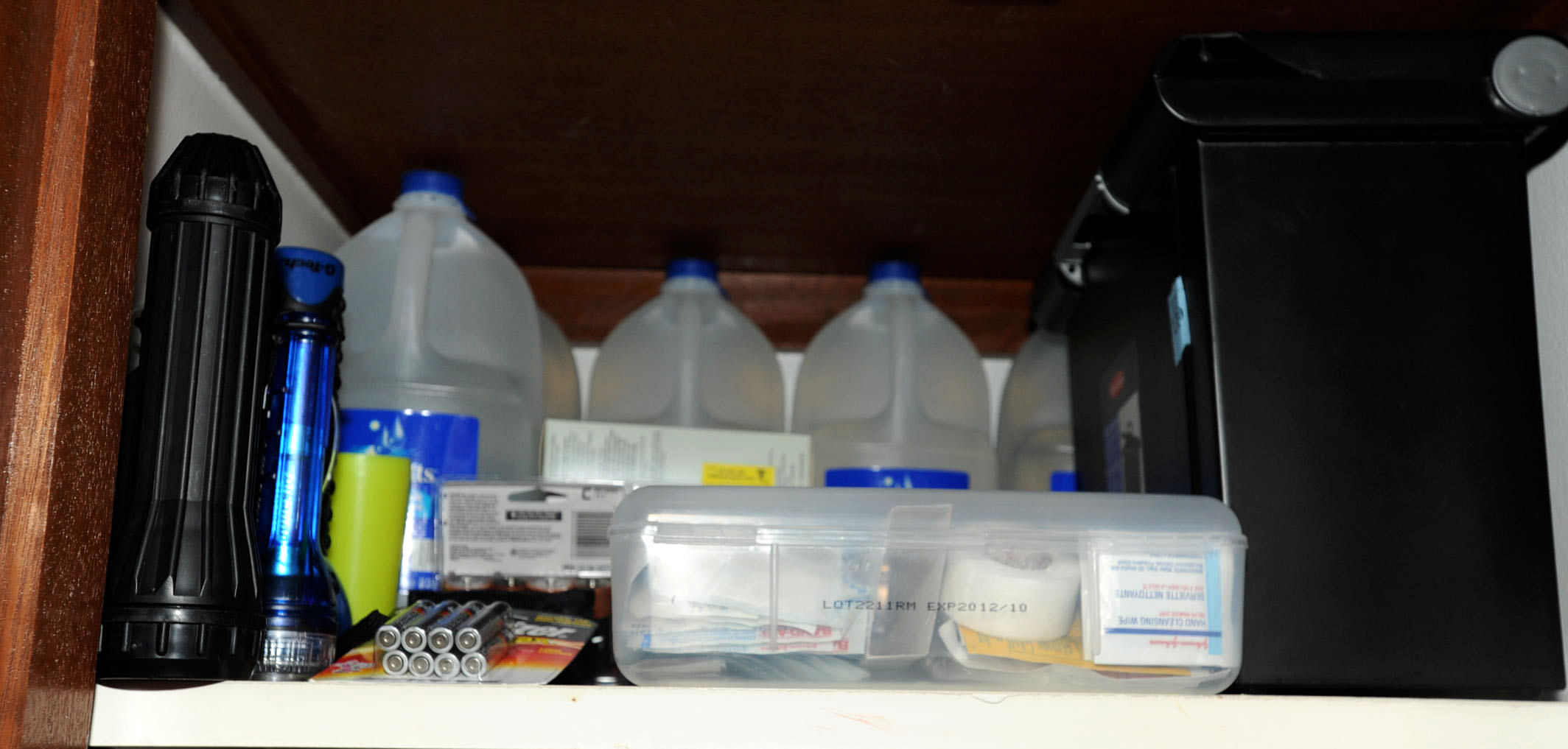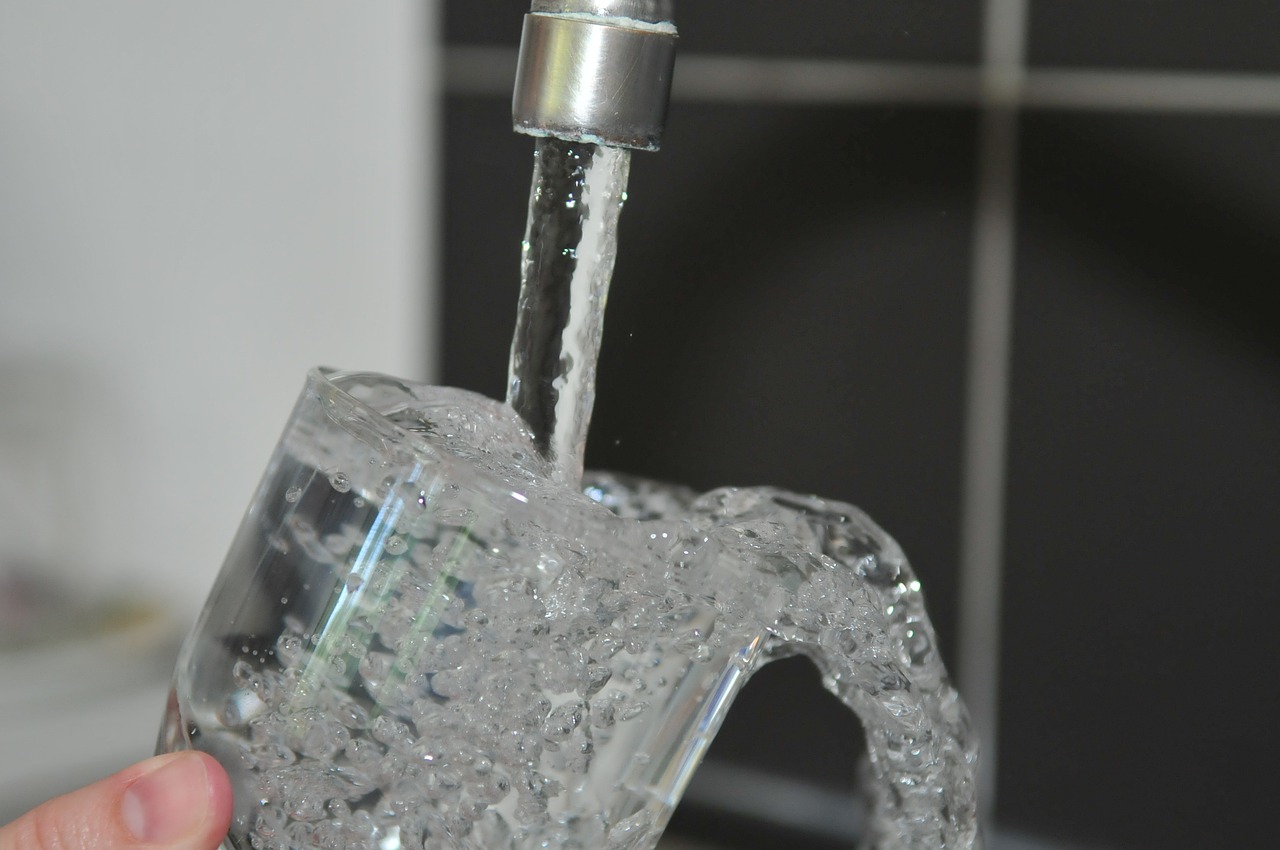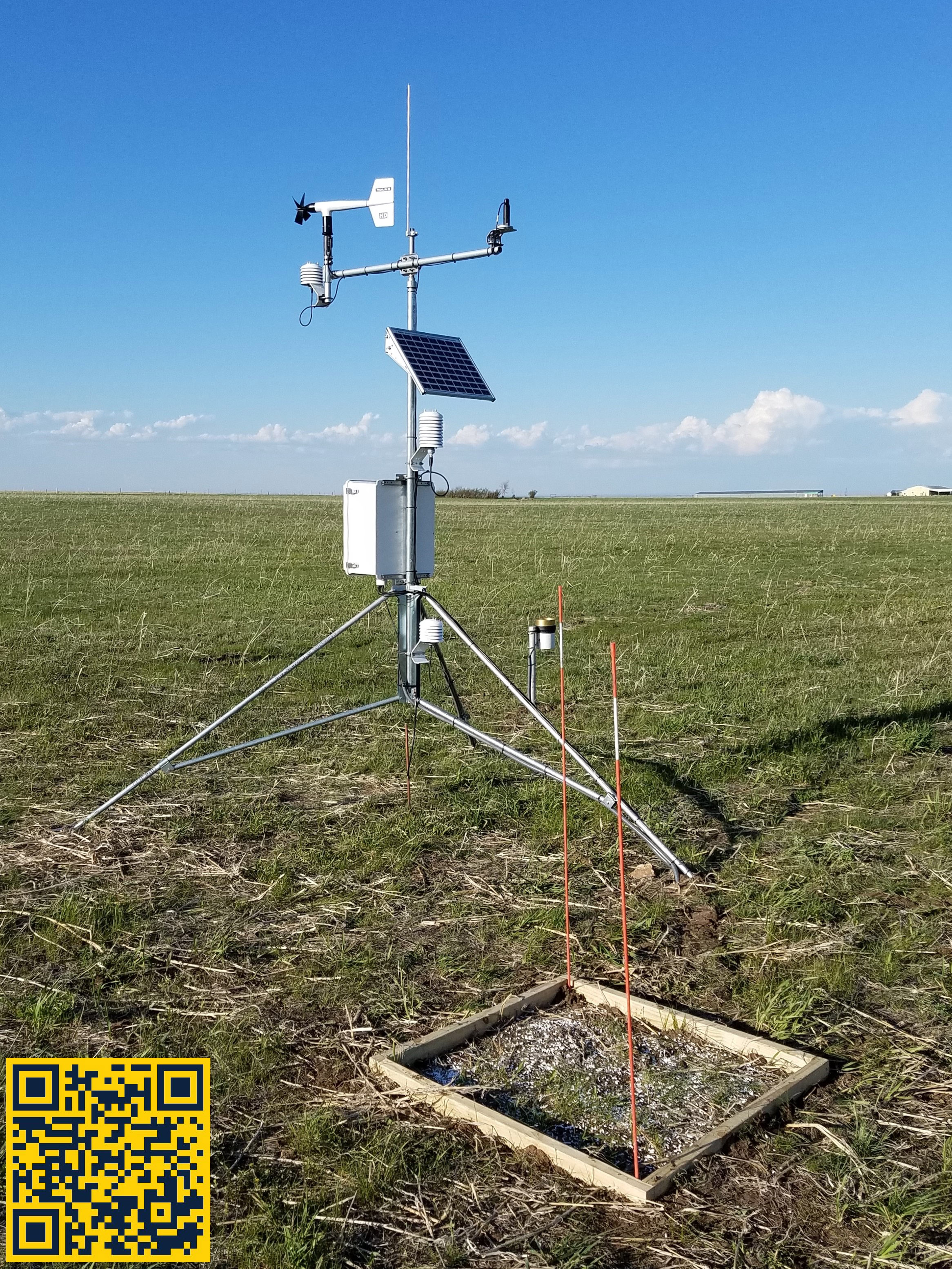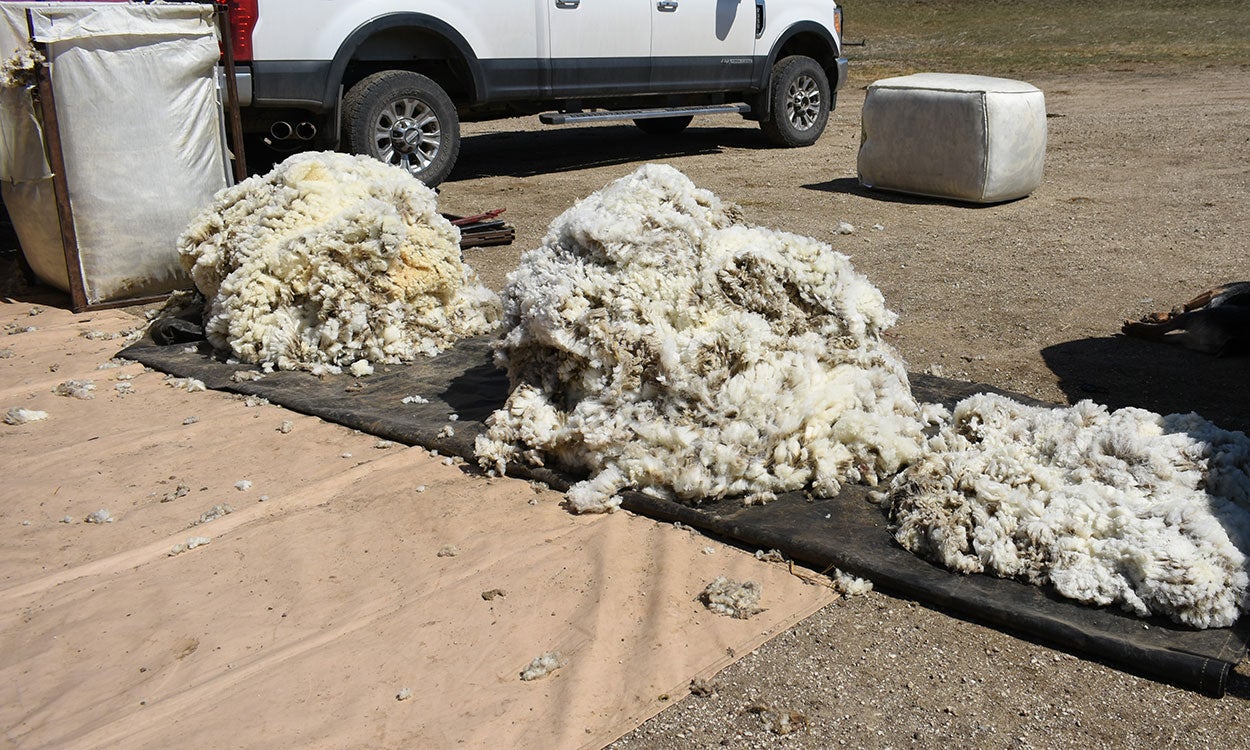Search

Food Safety: During & After Flooding
In the event of flooding, having a plan in place for food safety is beneficial. Knowing how to determine if food is safe and how to keep food safe will help reduce the potential for food waste and reduce the risk of foodborne illness. Here are some tips to keeping your food safe.

Checking and Treating Domestic Water Supplies After a Flood
Depending on its location, domestic well water supplies can oftentimes be negatively impacted during a flood.

COVID-19 and Home Water Use
There have been questions regarding spread of the virus that causes COVID-19 through drinking water.

Climate and Weather
View resources to predict, prepare and recover from weather-related events year-round, including the latest drought and flood information.

Wet Feet in Wheat
Given the widespread wet conditions present this spring, there are many areas in winter wheat fields with both ponding and saturated (or waterlogged) soils. Producers may want to consider soil conditions and evaluate extended weather forecasts when deciding whether or not to retain a winter wheat this spring.

Considerations for Increasing Wool Value
The wool market continually rewards those who emphasize high-quality production. Efforts to increase wool clip value can be made through regular management practices and proper wool clip preparation at shearing.